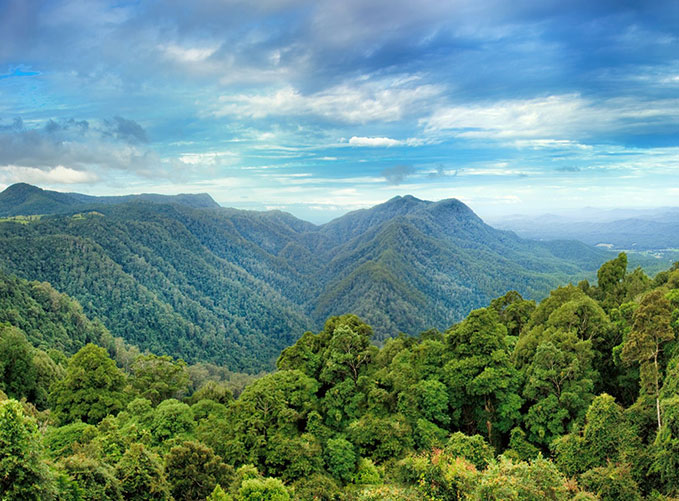Carbon farming and forest regeneration are growth industries. They are similar but not the same, so understanding the difference is important. Especially if you live on or own a large acreage in the Northern Rivers.
Carbon Farming
Agricultural and forestry practices can sequester carbon dioxide to help mitigate climate change. Using specific carbon farming techniques, land managers can earn ACCUs (Australian Carbon Credit Units). Each ACCU is equivalent to one tonne of carbon dioxide. ACCUs are a financial product that other industries can use to offset their own carbon emissions.
Land for carbon sequestration normally needs to be a minimum of 80 acres within or on a single title. A primary condition is often guaranteed that livestock can not access it, so it must be fenced. The contract must be safe for 25 years, so the contractee must be able to guarantee this.
Carbon farming is not without its challenges and criticisms. Large monoculture forests have been harvested and replaced solely to claim carbon credits. Some rorting of the system has occurred, and there have been difficulties with auditing and accounting.
Bring Back the Big Scrub
Many landholders wish to reforest their properties without revenue in mind. Others consider planting hardwood timbers to be a good investment over time. The demand for cabinet timbers will only increase, and selective logging can harvest specialty timbers without adversely affecting the environment.
Andy and Deidre Plummer have been pioneers in this approach. Lune de Sang is 146 Hectares comprising many combined titles once owned by the King Family in Federal in the Byron Bay Hinterland. The valley was subdivided over time, and the separate titles were degraded by overgrazing and neglect. Since the separate titles were re-united, over 120,000 rainforest timbers have been planted to recreate the original rainforest. Tony Kenway and Building Forest Designs were the overseers of the reforestation.
Maybe you would like to regenerate both the native rainforest on your land and the freshwater ecosystems, which are crucial to natural ecology. Regenerating rainforests and recreating creeks, wetlands, waterfalls, and ponds, also used as natural swimming pools, are part of the domain of Flo Gardens Ecosystems. They can take your cleared farmland that needs constant mowing and maintenance and turn it back into a rainforest with living freshwater ecosystems and home to abundant birds, native fish and wildlife. I know a few landowners who have done this and are very happy. It is a great legacy to leave as the guardian of your land.
Rainforest, not Gum Trees
The rush to plant eucalyptus to favour our beloved and threatened species, Koalas, has an unwanted side effect. Eucalyptus trees are not endemic to big scrub country, 90,000 hectares of primordial rainforest. Gum trees allow the pest of Camphor Laurel trees to grow wild. We are better off getting help to replant the rainforest as it once was and what is natural for this area. It will help to protect us against wildfires, erosion, drought, and global warming. The big scrub is now less than 2% of what it once was, and it would be a good goal to get it back to 5%, at least.

